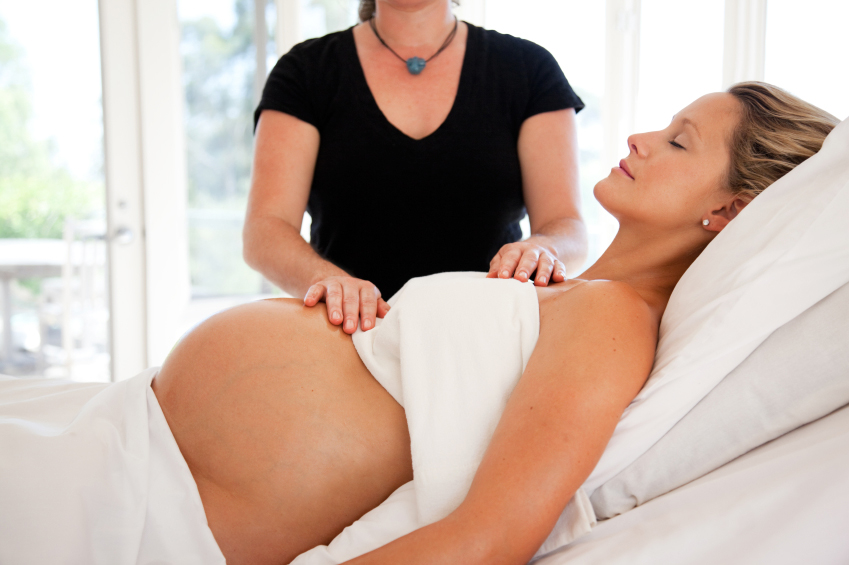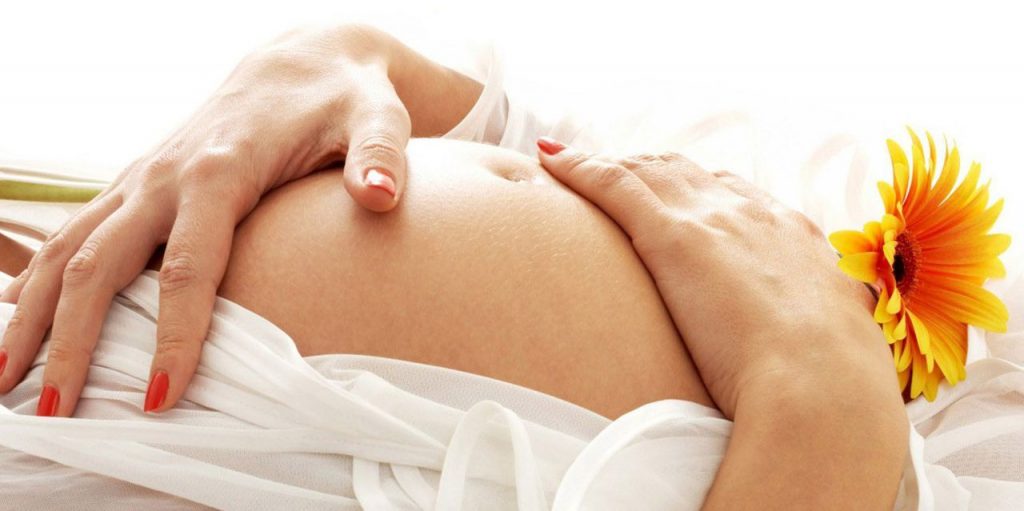Prenatal Massage or Can You Have Massage During Pregnancy?

Massage is one of the most common and safe ways of preventive treatment for certain diseases. It helps to relax, relieve the pain, restore the blood circulation, soothe the nervous system, remove muscle tension, etc. Prenatal massage can be highly beneficial for women during the pregnancy period when they experience many physical changes. As the fetus grows, extra weight makes it difficult for a woman to move around, puts more strain on the lower back muscles, thus causing the backache. That’s when a relaxing prenatal massage may come in handy to take away the pain.
Can you have a massage during pregnancy? The answer to this question is not a mere “yes” or “no”. In this article, we provide some key points for a deeper understanding of subtler aspects of prenatal massage.
Contraindications for prenatal massage
There are certain areas on a woman’s body that should be avoided during massage not to jeopardize the normal course of pregnancy. Some sources advise to refrain from prenatal massage therapy during the first trimester as the placenta is still forming and developing at this point. Before booking a massage session, consult your doctor to discuss any precautions specific to your pregnancy. Among contraindications there are infectious diseases, fever, inflammatory conditions, blood disease, benign or malignant tumors, advanced stage of asthma, acute exacerbation of some chronic disease, fluctuating of blood pressure, bowel disorders and more.

Salient features of prenatal massage
Massage therapists working with pregnancy need to have a deep understanding of their client’s “delicate condition”. Close attention needs to be paid to massage strokes and moves – they should be careful and gentle on all body areas. Specific essential oils can be used during the prenatal massage session. However, a therapist needs to be aware of all the woman’s health conditions. If a mother-to-be has known allergies or sensitivities, it is best not to use any additional substances. Otherwise, it is necessary to monitor the skin reactions, such as rash, itching and redness. If a skin patch test provokes no negative reaction, it is possible to add essential oils with medicinal properties into the pregnancy massage session.
Specialized pregnancy massage therapists have undertaken specific training, knowing what acupressure points and body areas should be stimulated and which ones to avoid.
Belly massage. On the later stages of pregnancy, your baby becomes very active and starts to respond to your touch. Massage therapy can be applied directly before birth. It has a deep relaxing effect, releases muscle tension and stress.
Back massage. Pregnancy back massage is not only allowed, but even recommended. It helps to remove the pain in the lower back and all regions of the spine.
Foot massage. With all the extra weight, feet and legs may ache and get swollen. If a mother-to-be is healthy, antenatal foot massage is highly advisable. This procedure improves circulation, alleviates the pain and reduces stress.
Anti-cellulite treatment during pregnancy.
Speaking of anti-cellulite massage, it is absolutely ineffective during pregnancy. Why? Because a woman’s body will accumulate fat around thighs and buttocks anyway. But don’t lose heart about it! After giving birth, your body will return to its original shape. Besides, you can always join a gym or take anti-cellulite procedures later.
What kinds of massage are forbidden during pregnancy?
It is strictly prohibited
for pregnant women to undergo hardware and lymphatic drainage massage as well
as electrical stimulation of back muscles.
Massage work on the sacrum may increase the tone of the uterus which heightens
the risk of a miscarriage, as it is an abortive zone in a pregnant woman.